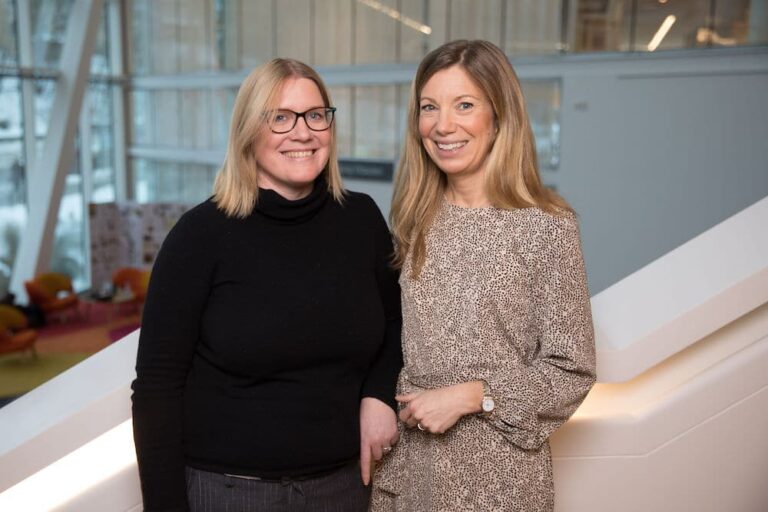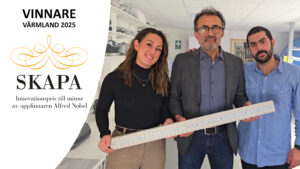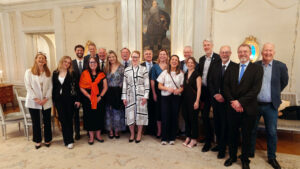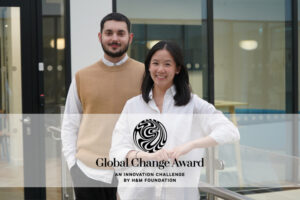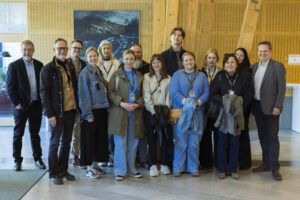In the quest for new materials from renewable sources, Bright Day Graphene has found the solution that so many development departments have been waiting for: high-quality graphene – from the forest.

In 2010, researchers Andre Geim and Konstantin Novoselov won the Nobel Prize in physics for their discovery of the extraordinary material of graphene*, and since then the interest in the material and its properties has soared. Applications range from material enhancer in running shoes to critical component of the super-batteries of the future, so the demand for graphene is high. But there have been, and are, challenges.
“It’s still difficult to produce the high-quality graphene that is sought-after in high-tech applications,” says Malin Alpsten, CEO of Bright Day Graphene.
Searched for a greener complete solution
Bright Day Graphene, a company founded on Anna Carlsson’s research, was founded in 2017 to find a way to produce high-quality graphene from a residual flow in paper and pulp production.
“One could say that Anna’s driving force was born out of the frustration in the search for end-to-end environmentally friendly and useful materials of high performance. Today, graphene is most often produced by exfoliating graphite into nano-sized flakes. The problem is that when the flakes become too small, some of the material’s unique properties disappear. Also, graphite is a finite resource. Thanks to Anna’s research, we’ve found a greener solution that we’re currently developing.”
Bright Day Graphene’s unique process opens opportunities to produce large volumes of graphene from biomass, which is a renewable resource. That process also enables the extraction of larger flakes, which significantly improves the properties.
“Bio-graphene has nearly the same amazing conductivity as lab-produced graphene, but in a bulk product. We want to be able to offer the world high-quality green graphene to enable a breakthrough for the development of graphene applications.”
In the autumn of 2019, the company will start small-scale pilot production, and the goal is to deliver samples in early 2020.
What is graphene*?
In 2010, researchers Andre Geim and Konstantin Novoselov won the Nobel Prize in physics for their discovery of graphene. The material has a thickness of only one layer of carbon atoms but is 200 times stronger than steel. The large surface area in relation to the volume makes it very interesting for energy storage and electronics applications. In addition, the material has an outstanding ability to conduct heat and electricity, without any resistance. It is also flexible and elastic, which is why the mobile phone industry has expressed great interest in the material.
Bright Day Graphene cooperates with Sting Bioeconomy since the spring of 2019.

